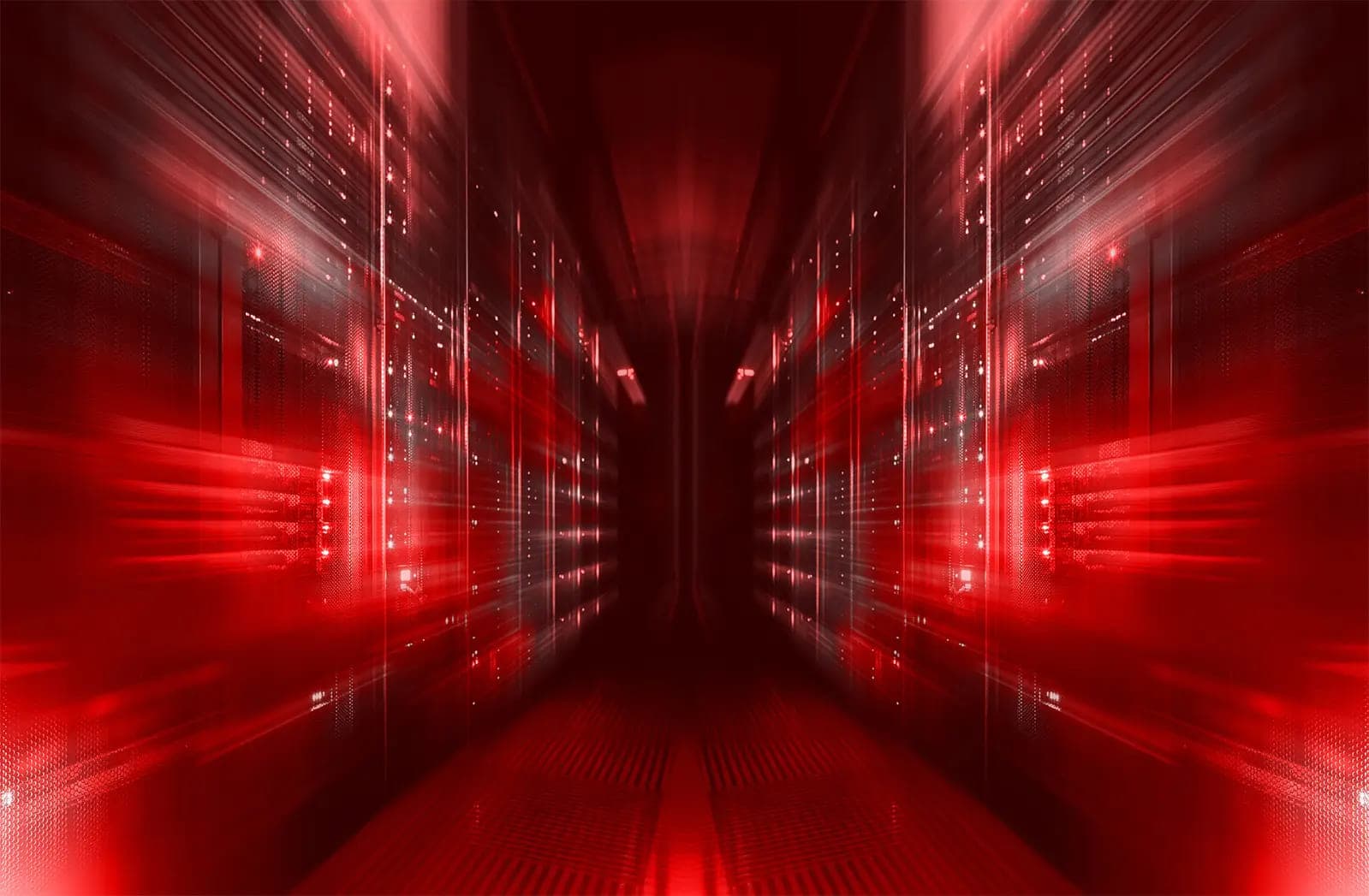
by
Josh Claman
The rapidly increasing heat generated by higher wattage chips has the data center world in a bit of a panic. As data center operators begin planning for the journey towards liquid cooling, I would invite them to consider a few things:
Rethinking Air
There has been a great deal of debate around when liquid cooling is “needed.” The consensus – driven largely by ASHRAE – is that when each server socket surpasses ~ 400 Watts, air can no longer cool the chip effectively. However, it is important to not just consider moving to liquid when no other option exists, but also when liquid cooling is simply a better, less expensive, and more sustainable solution. Air is an unfocused and inefficient transport of heat, and it always has been. Every refinement to force more air through servers and data halls becomes increasingly expensive. Every data center operator should at least consider the journey to move entirely to liquid.
Liquid Cooling Options
There are a few emerging technologies under the liquid cooling umbrella. Moving from air to any of these technologies involves some cost and disruption. Data center operators need to ensure that their choice of a new cooling architecture considers the complexity and useful life span of that new technology.
Single-phase direct-to-chip close-couples water to the chips. The majority of industry IT experts believe that water has no place inside a server. Some would argue with this, but leaks do occur, and there is a very real, pragmatic limit to the heat removal capability of water. This is due mostly to the linear relationship between heat removal and the liters per minute which need to flow over the chip. As wattages go up, water can theoretically carry the heat away, but hoses need to become larger to do so and loop pressure needs to increase dramatically. With increasingly expensive and dense equipment going into high performance clusters, do you want a leak?
Immersion will find its use cases. However, it forces a change in both infrastructure and service and support protocols. It is not “backwards compatible” and it requires different relationships with the OEM vendors and integrators. It is essential to understand all the costs involved in this. Finally, there is a lot of fluid required, most of which contain PFAS and other potentially dangerous chemicals.
New Kid on the Block
2-phase, direct-to-chip cooling uses dielectric fluids to cool the heat generating components of the servers. Because of the phase change, tremendous amounts of heat can be removed, protecting the investment for years to come. This technology is also backward compatible with standard racks, standard infrastructure and today’s service and support protocols. It is the new kid on the block, but it is also the most elegant solution which demands the least amount of change from current industry infrastructure and practices.
The Time is Now
Data center operators will need to begin their journeys toward liquid cooling. They will need to map their priorities, and plan for a transition to the most appropriate technology. There is already a great deal of dogma forming in the market. Our recommendation is to look at the facts, do the compares, and test any new technology in your specific environment.